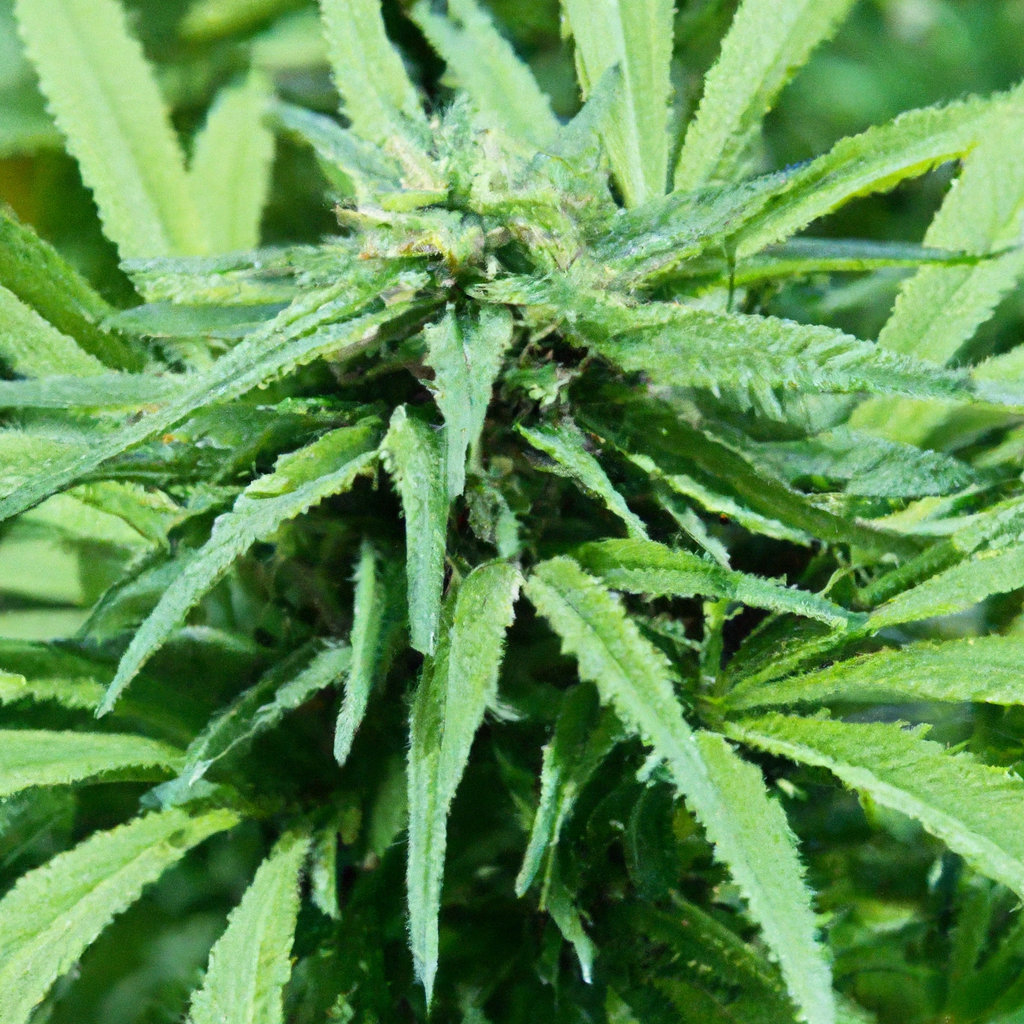In the realm of cannabis cultivation, few environments challenge and reward growers as distinctly as high-altitude regions. Here, the synergy between nature and nurture reaches an unprecedented scale—where thin air and fluctuating climates meet innovative growing techniques.
I’m John “Magic” Greenleaf, and today, I’ll take you on an enlightening journey to unravel the secrets of balanced high-altitude cannabis cultivation.
Understanding the High-Altitude Environment
Navigating the intricacies of high-altitude cultivation begins with understanding the unique environmental factors at play:
- Thin Air: Reduced oxygen levels can impede plant growth, requiring adaptive techniques to optimize photosynthesis.
- UV Light Exposure: Enhanced UV levels at altitude can increase resin production, but also demand vigilant protection against plant damage.
- Temperature Swings: Rapid temperature shifts necessitate flexible strategies for maintaining stable growing conditions.
Mastering Environmental Balance
Achieving harmony in this environment requires a combination of traditional wisdom and modern tech-savvy approaches:
- Advanced Genetics: Start by selecting strains bred specifically for high-altitude resilience, like my “Mile High Mystique.”
- Automated Systems: Employ AI-powered grow monitors to keep a watchful eye on environmental variables.
- Organic Practices: Utilize moisture-retentive organic soils to offset water shortages and promote sustainable growth.
Real-World Example: Overcoming Challenges
Consider the example of a leverage-driven setup in the Rocky Mountains, where a skilled cultivator blends tradition with innovation:
- Smart Irrigation: Drip systems reduce water usage by 40%, critical in arid regions.
- Energy Efficiency: High-efficiency LED lights conserve energy by 25%, reflecting a commitment to sustainability.
These techniques exemplify how balancing environmental control with ecological awareness can craft resilient, high-yield crops.


Leave a Reply